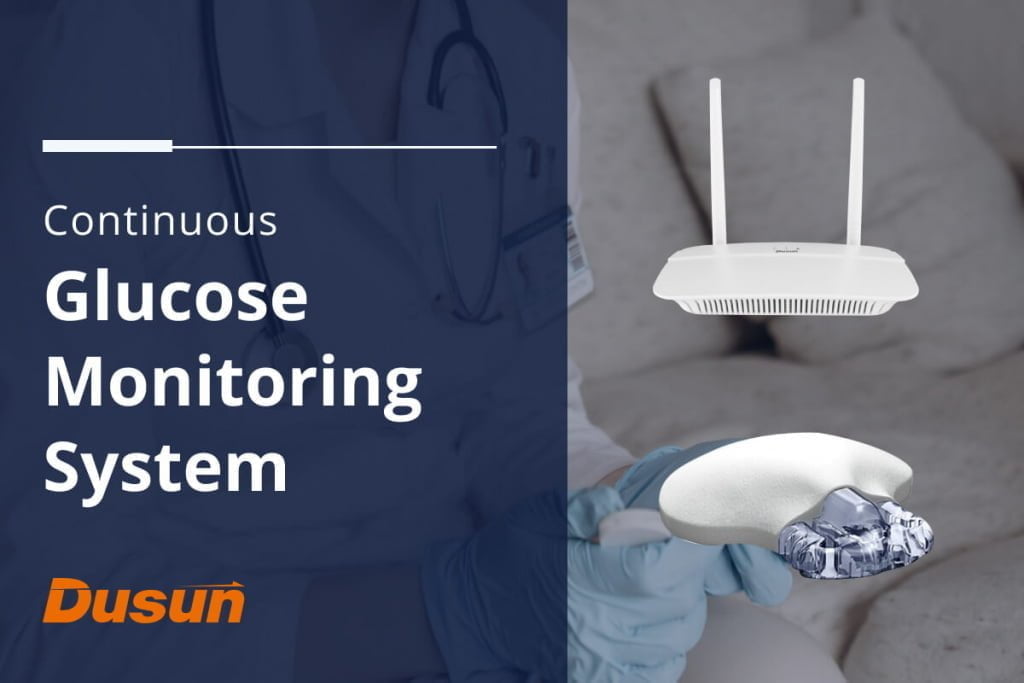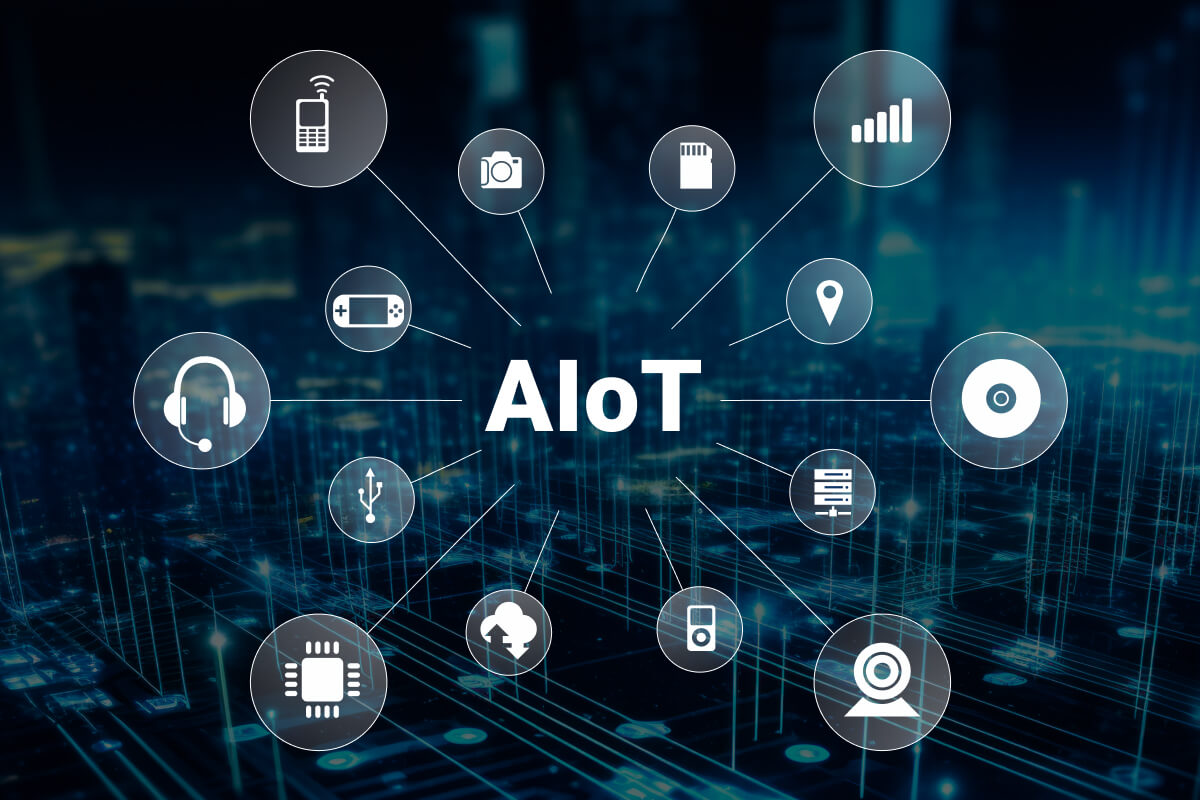Wearable glucose monitoring system (CGM device) System is a kind of continuous sugar monitoring wearable device that helps patients with Type 1 or Type 2 diabetes manage their blood glucose levels. Millions of people around the world suffer from this chronic diabetes. Constant blood sugar monitoring is so essential to diabetes management, but traditional methods, such as fingerstick tests, can be painful and disruptive to daily life. This is where continuous blood glucose monitor (CGM device) comes in.
24 hour diabetes glucose monitor provides continuous, real-time glucose readings, which can be an invaluable tool for patient with diabetes who need to monitor their blood glucose levels throughout the day. In this article, we will delve into the topic of what CGM system is, how it works, and how it can benefit people with diabetes. We will also explore the different types of CGM device systems on the market. Whether you are healthcare professionals or healthcare provider, this article will provide you with the information you need to choose best continuous glucose monitor.
What Is Continuous Glucose Monitoring?
Continuous glucose monitoring devices (CGM device) is a wearable real time glucose sensor that continuously and automatically tracks glucose levels in the body. Unlike a traditional blood glucose meter, which requires a blood sample to be taken and tested on test strips, a CGM monitor works by using a small sensor inserted under the skin and connected to a transmitter that sends the glucose readings to a display device such as a glucose meter or a smartphone.
The sensor detects glucose levels in the fluid between cells, known as interstitial fluid. It provides accurate glucose readings in real-time, giving a comprehensive picture of the individual’s glucose levels throughout the day and night.
What Does CGM Glucose Monitor Measure?
Continuous Glucose Monitoring device (CGM device) is a tool for people with diabetes. It provides continuous measurement of blood glucose levels 24 hours a day while you wear it. The hormone insulin plays a crucial role in maintaining balanced blood glucose levels within the body. In type 1 diabetes, the body cannot produce enough insulin, while in type 2 diabetes, the body can produce insulin but cannot use it effectively. To keep blood glucose levels stable, people with diabetes need to give their bodies regular insulin doses. Using a CGM system can provide continuous monitoring of blood glucose levels, helping to make informed decisions about insulin dosing.
How Do Continuous Glucose Monitoring System Work?
To grasp the functioning of a Continuous Glucose Monitoring system, it is essential to familiarize oneself with its three core components: the sensor, the transmitter, and the receiver.
Sensor
A small, flexible sensor inserted just under the skin and continuously measures glucose levels in interstitial fluid. The sensor is typically replaced every 3-7 days.
Transmitter
A small device that attaches to the sensor and wirelessly transmits glucose data to the receiver.
Receiver
A device that displays glucose data from the sensor and can alert users if their glucose levels are trending high or low. The receiver can be a separate device or integrated into a smartphone or other mobile device.
Insulin Pump or Insulin Pen(Optional)
Some CGM systems are integrated with an insulin pump or insulin pen, allowing users to receive insulin dose information based on their glucose levels.
The CGM system works by continuously monitoring glucose levels in the interstitial fluid and transmitting the data to the receiver. The receiver displays the data and can alert users if their glucose levels are trending high or low. The continuous and real-time measurement of glucose levels allows people with diabetes to better understand their blood glucose levels and make more informed decisions about their diabetes management.
Benefits of Using CGM System to Manage Diabetes
Compared to a traditional blood glucose meter, using a Continuous Glucose Monitoring (CGM) system can help doctors and patients with:
Improve Glucose Control
CGM provides real-time, continuous glucose readings, enabling people with diabetes to better understand their blood glucose levels and make more informed decisions about their diabetes management. This can lead to improved blood glucose control and better overall health outcomes.
Reduced Risk of Hypoglycemia
CGM systems are equipped with an alert system that notifies the user when their glucose levels are trending low. This gives the user the opportunity to treat the low before it becomes severe, reducing the risk of hypoglycemia and improving the quality of life for people with diabetes.
Better Understanding of Glucose Patterns
CGM allows patients with diabetes to see how different foods, activities, and stress levels affect their glucose levels in real time. This can help people with diabetes identify patterns in their glucose levels and adjust their diabetes management plan accordingly.
More Informed Treatment Decisions
CGM system provides a wealth of information about an individual’s glucose levels that can be shared with their healthcare provider for more informed treatment decisions. This can improve the effectiveness of treatment and result in improved health outcomes for people with diabetes.
Increased Convenience
CGM system eliminates the need for multiple finger sticks and glucose meter readings throughout the day, making it more convenient for people with diabetes to monitor their glucose levels.
Limitations of Using CGM System to Manage Diabetes
Accuracy
Although CGM system is improving in accuracy, they are still not as accurate as traditional blood glucose meters.
Cost
CGM system can be expensive, and the cost of the device and supplies can add up over time.
Calibration
CGM devices need to be calibrated regularly using fingerstick tests, which can be time-consuming and inconvenient.
Comfort and Convenience
Wearing a CGM system and devices can be uncomfortable and inconvenient, especially for active or active people. The CGM device can be bulky and visible under clothing, and the sensor needs to be changed every few days.
Who Should Consider to Use Continuous Glucose Monitoring Devices?
People with Type 1 Diabetes
CGMs can be particularly helpful for people with type 1 diabetes, as they provide real-time information about blood glucose levels and can alert users to potential low or high blood glucose levels.
People with Type 2 Diabetes
People with type 2 diabetes may also benefit from using a CGM, particularly if they have difficulty managing their blood glucose levels using traditional methods such as finger stick glucose testing.
Pregnant Women with Diabetes
Pregnant women with diabetes can use CGMs to help manage their blood glucose levels during pregnancy, which can help reduce the risk of complications for both mother and baby.
Children with Diabetes
Children with diabetes can also benefit from using CGMs, which can help them better manage their blood glucose levels and improve their quality of life. According to the National Institute of Diabetes and Digestive and Kidney Diseases, a continuous glucose monitoring system (CGM) may be recommended in the following situations:
- The person is on intensive insulin therapy;
- The person has hypoglycemia unawareness;
- The person experiences frequent high and low blood glucose level.
Trending CGM Systems on the Market
The following are some of the more popular CGM systems on the market, and each has its own set of advantages and disadvantages. When choosing a CGM system, it’s important to take your individual needs and preferences into account.
| Picture | CGM System | Advantages | Disadvantages |
|---|---|---|---|
 |
Dexcom G6 | ●Small and discreet design ●Accurate readings ●Real-time alerts for high and low glucose levels ●Long battery life |
●Expensive upfront cost ●Sensors must be replaced every ten days ●Possible connectivity issues with the receiver |
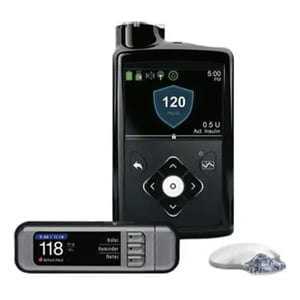 |
Medtronic Minimed 630G | ●Integrates with the insulin pump ●Can automatically adjust insulin delivery based on glucose levels ●Accurate readings |
●Expensive upfront cost ●Bulkier design than other CGMs ●Limited customization options for insulin delivery |
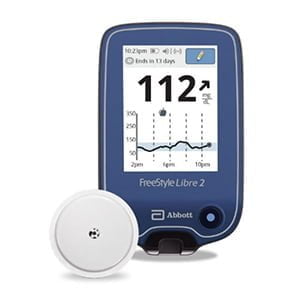 |
Abbott Freestyle Libre | ●Extended sensor life of up to 14 days ●The simple, pain-free application process ●Discreet design |
●Readings must be manually scanned rather than displayed in real-time ●Expensive upfront cost ●Limited real-time alerts for high and low glucose levels |
Proposed Solution by Dusun
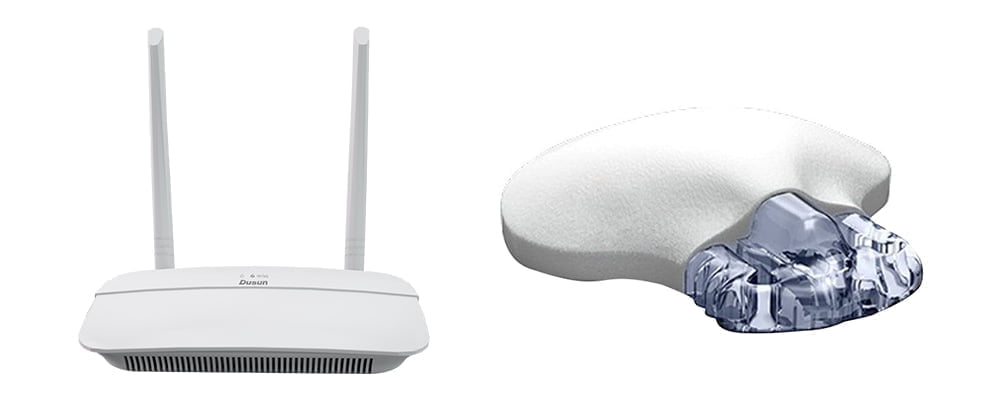
Continuous Glucose Monitoring System Solutions Offered for Smart Hospitals/Nursing Homes
Although above-mentioned continuous glucose monitoring devices are popular, they are widely used by individual customers. For hospitals and nursing home, they have different demands. Smart hospitals and nursing home required continuous glucose monitors plus IoT gateway solution. In other words, a remote patient monitoring system solution includes Bluetooth continuous glucose monitor and Bluetooth Roaming gateways. In this way, they can collect vitals signs of many patients in many wards as long as these patients wears blood glucose monitor with sensor and hospitals installing Bluetooth roaming gateways in wards and corridors. How?
Dusun IoT‘s Continuous Glucose Monitoring System(CGM) solution is a comprehensive and integrated system that includes three key components:
- A wearable device that measures glucose levels;
- A Bluetooth gateway that transmits glucose readings to a public platform;
- A web service that displays glucose readings in real-time for easy monitoring and management.
A blood glucose monitor wearable device placed under the skin measures the patient’s glucose levels in real time. The collected glucose data is then transmitted to the Bluetooth Roaming Gateway. The Bluetooth Roaming Gateway acts as a bridge between the wearable CGM device and the web platform. It receives the glucose data from the CGM device and sends it to the web platform for further data processing.
The web platform processes the glucose data and displays it in an easy-to-read format. The patient, caregivers, and physicians can use the web platform to monitor the patient’s glucose levels, track glucose trends, and make informed decisions about diabetes management and insulin therapy. The web platform can also be integrated with other health information systems through a standard API.
Benefits of Using CGM System Solution In Smart Hospitals and Nursing Homes
Supporting Multiple Integration Methods
The ability to integrate with third-party platforms is very important. This integration can occur from a Bluetooth IoT Gateway to a customer’s Platform as a Service (PAAS) or from PAAS to a customer’s Software as a Service (SAAS).
Bluetooth Gateway with Roaming Feature
Bluetooth roaming gateway provides greater flexibility and mobility, allowing patients wearing GCM to move freely while still maintaining a constant connection to their CGM device.
Real-time Glucose Monitoring and Management
Real time glucose monitor allows individuals to monitor their glucose levels closely and adjust their therapy as needed by providing real-time glucose monitoring and management.
Bluetooth Gateways Recommended for Smart Hospitals and Nursing Homes
Dual Band Wireless BLE to Wi-Fi Router Gateway
This Dual Band Wireless BLE to Wi-Fi Router Gateway is also a Bluetooth roaming gateway support Wi-Fi, 2.4G/5G, and BLE protocols. It adopts MT7628 processors, RAM up to 128M. OpenWRT OS system runs on it. The power supply options includes POE and 5V/2A adapter. It can connect to the cloud through BLE2MQTT, and cloud integration support AWS IoT, Google IoT and Azure.
Explore: AWS Edge Gateway
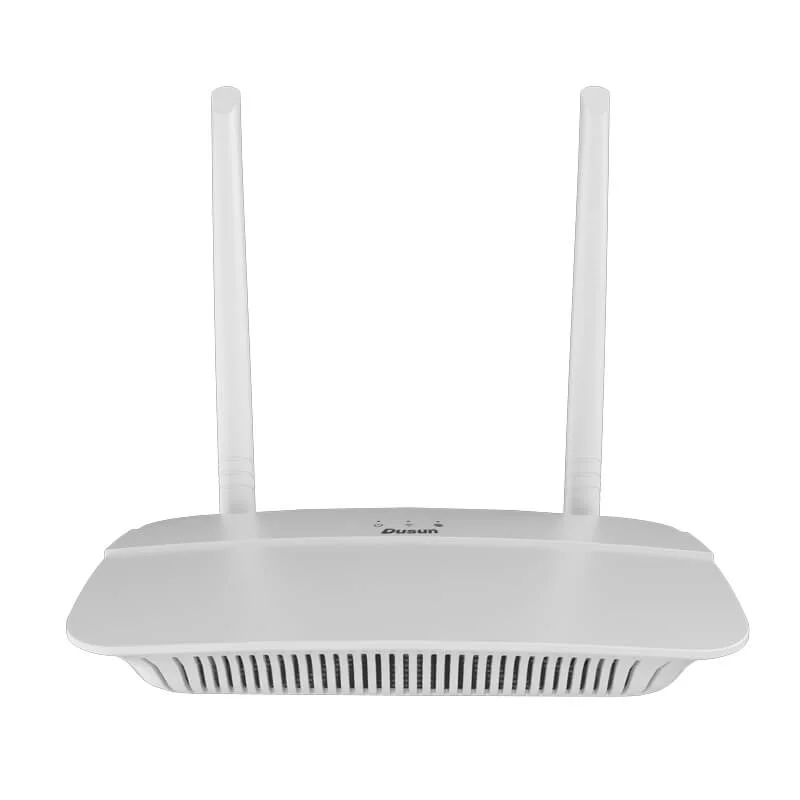
Bluetooth Performance:
TX Power: 19.5dBm
Bluetooth: 19.5dBm
Range: 150 meters minimum, open filed
Receiving Sensibility: [email protected]%BER
Frequency offset: +/-20KHZ
Frequency Range (MHz):2401.0~2483.5
Low Frequency (MHz):2400
High Frequency (MHz):2483.5
E.i.r.p (Equivalent Isotopically Radiated power) (mW)<10mW
Bandwidth (MHz):2MHz
Modulation: GFSK
Portable Bluetooth to Wi-Fi/LTE Gateway
This portable Bluetooth gateway features compact design and portability, which means patients can go to anywhere they want to go, because this gateway collect vital sign data from bluetooth continuous glucose monitors and send data to the hospital/nursing home platforms via Wi-Fi or LTE.
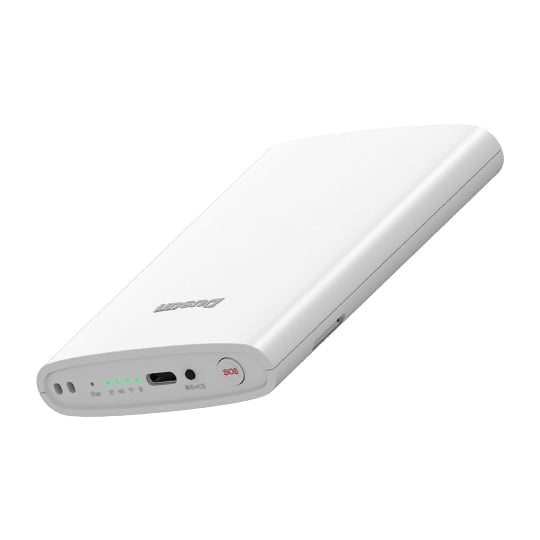
BLE Performance
TX Power: 8dBm
Range: 100 meters minimum, open filed
Receiving Sensitivity:
-103dBm at 125kbs,
-99dBm at 500kbs,
-96dBm at 1Mbs,
-92dBm at 2Mbs
Frequency offset: +/-20KHZ
Frequency Range (MHz):2400.0~2483.5
Low Frequency (MHz):2400
High Frequency (MHz):2483.5
What you needs to pay attention is, Dusun IoT allows you to choose parameters according to your own needs. So if you have other demands, Do not hesitate to contact us and book a meeting with us, we appreciate to make a highly customized continuous glucose monitoring system solution for you.
Explore More on IoT gateway development.






